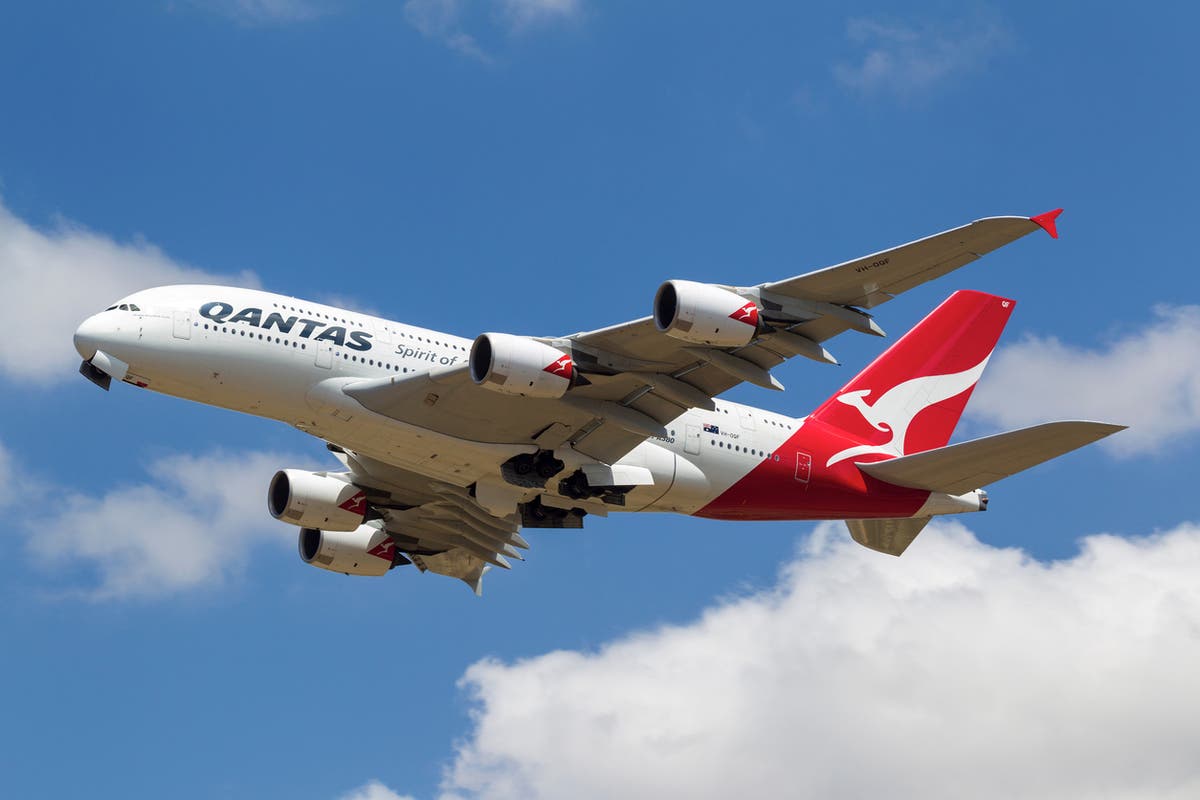How the M25 became a tourist attraction
The Man Who Pays His Way: ‘A beautiful serenity’ deserves to be appreciated


Sign up to Simon Calder’s free travel email for expert advice and money-saving discounts
Get Simon Calder’s Travel email
“By Byfleet station we emerged from the pine trees, and found the country calm and peaceful under the morning sunlight.”
I recalled that line – from H G Wells’s War of the Worlds – at West Byfleet station in Surrey as I emerged from the first train of the morning from London on Saturday.
In this leafy corner of the home counties, all was “calm and peaceful under the morning sunlight” – until the first Bulgarian truck came thundering through. The lorry had been diverted from its planned trajectory by the unprecedented closure of a stretch of the M25 orbital motorway around London. And the A245 between Byfleet and West Byfleet has become part of a diversionary route – as well, I was to discover, as a temporary tourist attraction.
Byfleet and West Byfleet became estranged in the early 1980s. What came between them was an 80-yard-wide cutting carrying six lanes of traffic – later “densified” to eight lanes. Over a normal weekend, every minute an average of 100 cars, lorries and buses barrel through this deep divide.
Ten miles to the north: Europe’s busiest airport, Heathrow; 20 miles southeast, the UK’s main holiday airport, Gatwick. And wherever you want to go in Britain, if you can’t access it from a motorway or A-road junction on the M25, it’s probably not worth going.
Since Margaret Thatcher opened the full circuit in 1986, the M25 has become one of the most critical pieces of infrastructure in Europe. For the first time, a daytime closure is taking place. A stretch of the motorway southwest of London is shut for the weekend, until 6am on Monday.
The aim: to improve Junction 10, where the M25 meets the A3 trunk road linking London with Guildford and Portsmouth (not to mention Chessington World of Adventures). The only way to do this is to close the entire five-mile stretch to Junction 11.
The message from National Highways: stay home. Ahead of the closure, Jonathan Wade, the senior project manager running the weekend adventure, told The Independent’s daily travel podcast: “Please, if you can, avoid travelling completely, find something to do at home – decorate the bathroom or something, or play in the garden. If you must go: travel by train, walk, use a bicycle.”
I am not in a position to judge how much bathroom decoration is happening in the home counties, but many people seem to have heeded the advice about staying off the roads.
I spent several hours on the bridge where the A245 crosses the temporarily deserted M25. The most notable sign that not all was normal: the frequent passing of eastern European trucks, their drivers presumably unaware of the disruption until they arrived at the scene of the closure and were directed off the motorway. Yet a Balkan lorry every minute or so does not comprise an invasion on the scale of War of the Worlds, even when augmented by an impressive number of National Express coaches.
Despite the fears of many local people, the threatened traffic standstill has not (so far) materialised. On Saturday afternoon one of my local informants, Jackie M, concluded: “It looks like people have heeded the warnings. Just the usual hold up from Byfleet to Painshill caused by the traffic lights at Seven Hills Road.”
The absence of gridlock is one welcome surprise; the other is the presence of sightseers. I was joined on the bridge by a steady flow of locals who wanted to “take a few pictures and take in the marvel that is an empty M25” – the words of Simon Vassallo, who has lived in the area for 35 years. Another local man, Terry Craig from West Byfleet, also savoured the sight. “It’s quite extraordinary to see the motorway, all of these lanes, just shut off,” he told me.
There will be more opportunities for such sightseeing this year, since four further closures of the same stretch are planned. And while National Highways will not thank me for saying so, I hope the tourism potential of the closure is properly exploited.
I do not suggest that visitors should play among the bulldozers as the workers energetically pursue the Monday morning reopening deadline. But since several miles of motorway are entirely unoccupied, I commend properly organised walks and bike rides along the empty carriageways. Abu Dhabi opens its Formula One circuit regularly to pedestrians, runners and cyclists, and the M25 could provide the same temporary playground. To quote H G Wells once again, “a beautiful serenity” deserves to be appreciated.
Simon Calder, also known as The Man Who Pays His Way, has been writing about travel for The Independent since 1994. In his weekly opinion column, he explores a key travel issue – and what it means for you.

 UsenB
UsenB 
































